Jan Bartek – AncientPages.com – Archaeologists excavating at Tabba Matouh in west Alexandria, Egypt have unearthed an ancient workshop dating back to the Roman era.
This was a place where amphorae and luxury pots were manufactured and stored. An amphora is a type of container with a pointed bottom and characteristic shape and size which fit тιԍнтly against each other in storage rooms and packages, tied together with rope and delivered by land or sea. The size and shape have been determined from at least as early as the Neolithic Period.
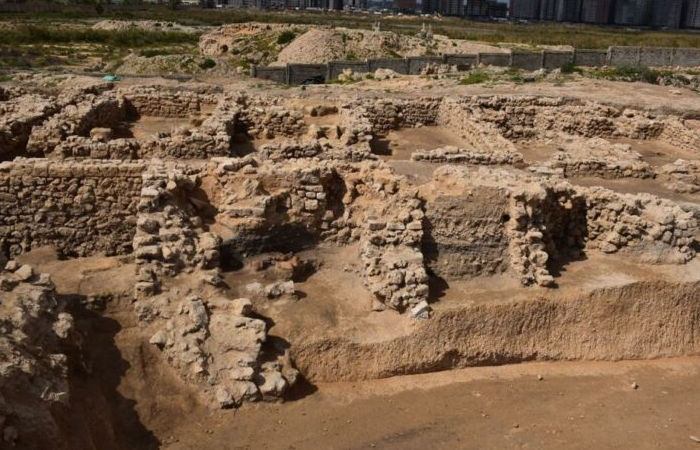
Credit: Ministry of Tourism and Antiquities
The amphorae were primarily designed to transport agricultural products over long distances, particularly by sea. The Romans used amphorae in much the same way as the Greeks but with the addition of such Roman staples as fish sauce (garum) and preserved fruits.
According to the Secretary-General of the Supreme Council of Antiquities, Mostafa Waziri the ancient workshop found in Alexandria consists of a group of kilns. The science team succeeded in discovering two of them carved in the rocks.
“One of the kilns is in a good state of preservation. It has a vaulted entrance on the western side, through which the potters entered the kiln to stack the amphoras.
After the stacking process was completed the entrance was blocked with lumps of clay and the remains of pottery sherds.
The fuel was entered through a ramp carved into the rock below from this entrance.
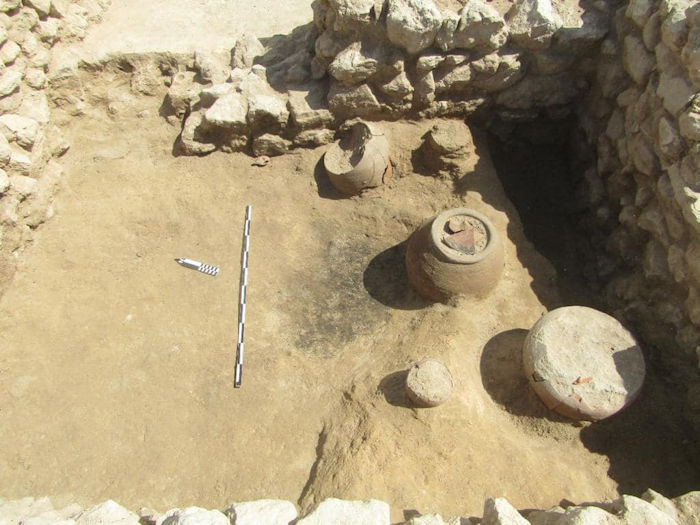
Credit: Ministry of Tourism and Antiquities
Waziri added that the initial evidence indicates that this workshop was used in later eras, as the northern area of it was used to create a lime-making kiln that may date back to the Byzantine era.
He added that part of this kiln was destroyed at a later stage when the site was re-used as a cemetery in the Middle Ages.
After two burials were found in the kiln, one of which was of a pregnant woman,” Egypt Independent reports.
Egyptian authorities have made it clear excavations will continue at the site and the goal is to reveal more in the coming period.
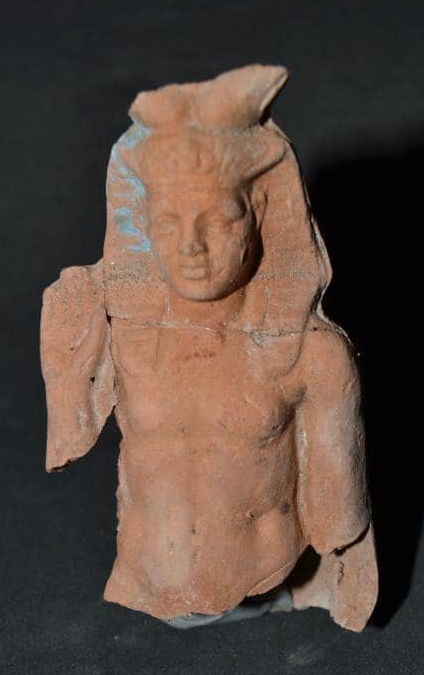
Credit: Ministry of Tourism and Antiquities
In addition to this, “the head of the Egyptian Antiquities Sector at the Supreme Council of Antiquities, Ayman Ashmawy, said that the mission also succeeded in discovering another building located to the south of these two furnaces, which was probably used to store utensils for daily use.
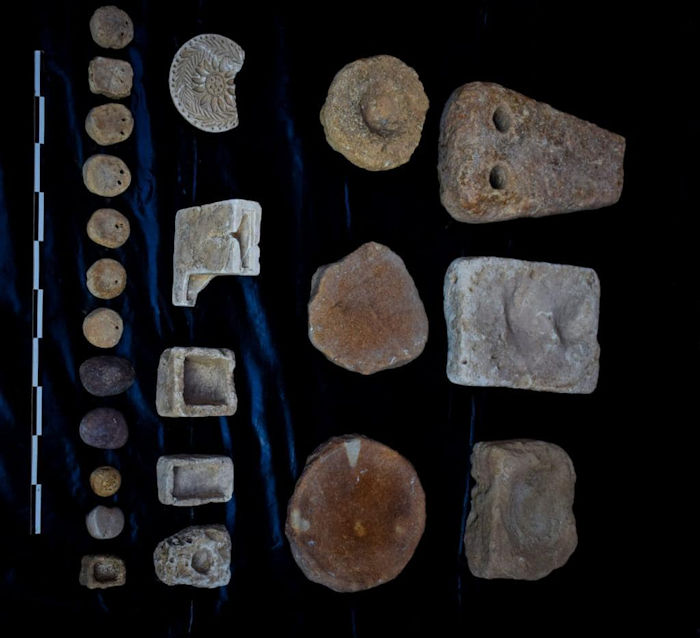
Credit: Ministry of Tourism and Antiquities
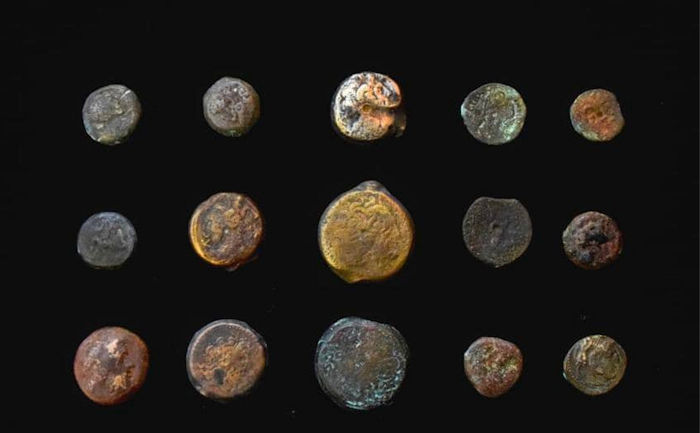
Credit: Ministry of Tourism and Antiquities
He added that inside this building, a large group of cooking utensils and tableware were found, in addition to the discovery of a group of units built of limestone dating to the Ptolemaic era that were used for various purposes.
One of which was used as a temporary residence for workers, and it consists of thirteen rooms that were used. Some were for food preparation.
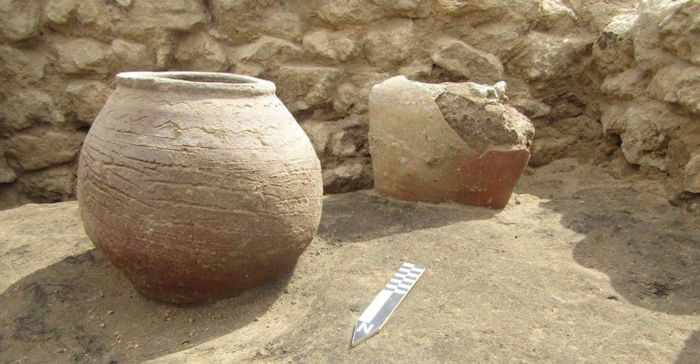
Credit: Ministry of Tourism and Antiquities
In these chambers, stoves and the remains of animal bones were found, such as the remains of pig, goat, sheep and fish bones, and some other rooms were used for manufacturing, where mills, pestles, amphorae, and weights of different types and spindles were found.
Another room that may have been used for cooking and selling food, where the remains of amphorae were preserved within it, fish bones, stoves for cooking food, and a large number of coins on the floor of the room,” Egypt Independent reports.
Archaeologists also discovered many coins dated to the Ptolemaic era.
See also: More Archaeology News
A number of these ancient coins have been restored. Some show the face of Alexander the Great, another coin bears the face of the god Zeus, and yet another is with the face of Queen Cleopatra.
The mission restored a number of them, some of which show the face of Alexander the Great, another coin bearing the face of the god Zeus, and another with the face of Queen Cleopatra.
Written by Jan Bartek – AncientPages.com Staff Writer





